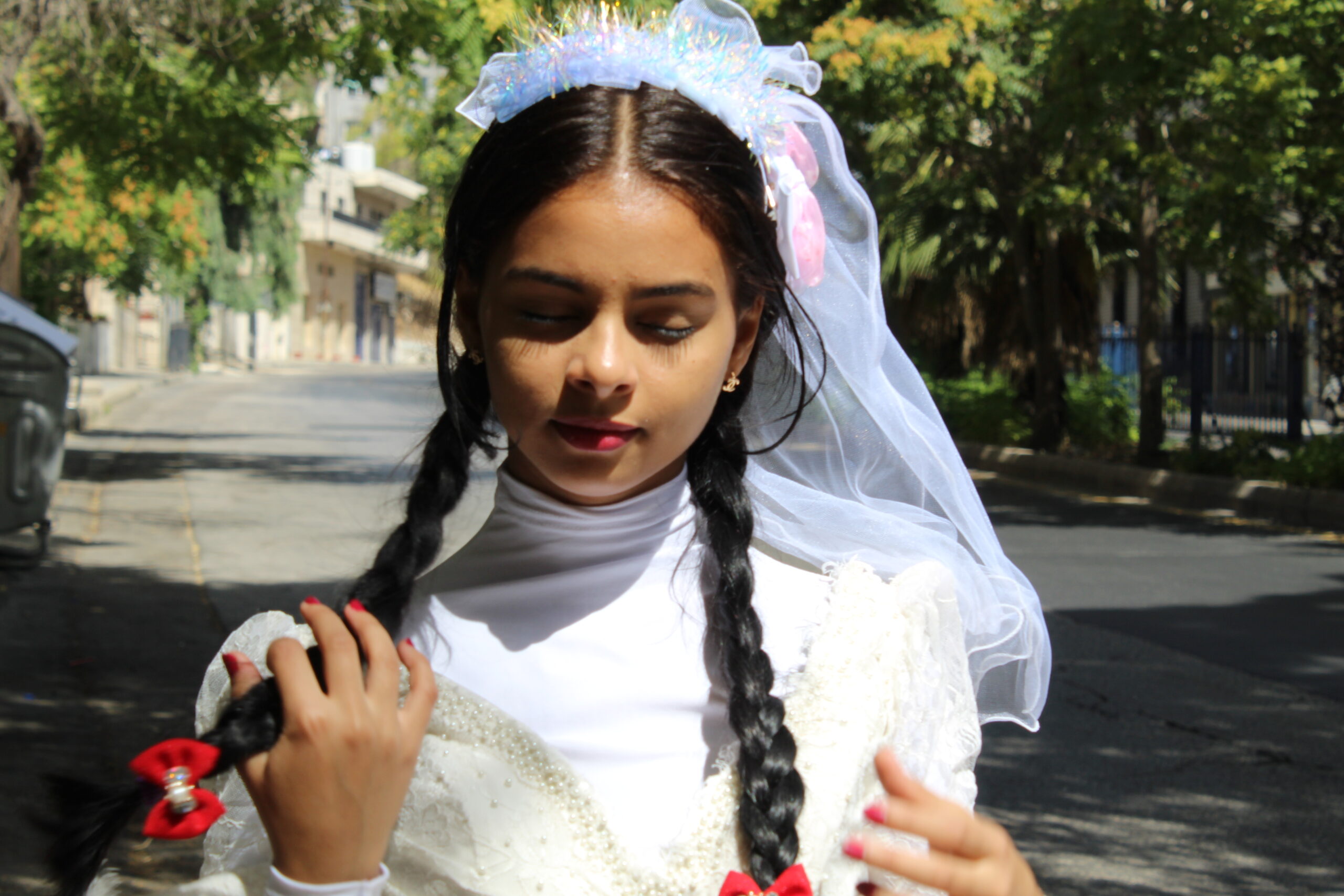Empowering Children: A Closer Look at the Child Rights Act

Children are the future of our society, and it is our responsibility to ensure their well-being and growth. It is crucial to understand and acknowledge their rights, as this lays the foundation for their empowerment. The Child Rights Act, a comprehensive legislation put in place to protect and promote children’s rights, plays a significant role in safeguarding their welfare and ensuring their development.
One of the key aspects of the Child Rights Act is ensuring that every child has the right to a name, identity, and nationality. This provision aims to prevent cases of child trafficking and protect children from being unlawfully adopted. By having a legal identity, children can access education, healthcare, and other essential services that contribute to their overall development.
Education is vital for every child, and the Child Rights Act recognizes this by emphasizing the right to basic education. In line with this act, every child has the right to free, compulsory, and quality education. This provision aims to bridge the educational gap, ensuring that all children, regardless of their social or economic background, have access to education. By providing equal opportunities for learning, we empower children to break the cycle of poverty and make informed choices in their lives.
Child labor is a pressing issue that deprives children of their rights and denies them a childhood. The Child Rights Act prohibits child labor and ensures that children are protected from any form of exploitation. It is the duty of society to create an environment where children can thrive and enjoy their innocence. By eliminating child labor, we create an enabling environment for children to grow, learn, and dream.
Children are vulnerable to various forms of abuse, including physical, emotional, and sexual abuse. The Child Rights Act acknowledges these threats and provides measures to protect children from such harm. It is our collective responsibility to create awareness about child abuse, educate children about their rights, and encourage them to report any form of abuse they may encounter. By instilling a sense of trust and safety, we empower children to speak up and break the silence surrounding child abuse.
Every child has the right to enjoy their culture, language, and religion. The Child Rights Act recognizes and respects the diversity of our society, ensuring that children have the freedom to practice their beliefs and embrace their heritage. By preserving their cultural identity, children develop a strong sense of self and belonging, contributing to their overall well-being.
Children with disabilities often face multiple barriers that hinder their development and inclusion in society. The Child Rights Act addresses this issue by advocating for the rights of children with disabilities and ensuring their access to education, healthcare, and other essential services. By removing physical and societal barriers, we empower children with disabilities to reach their full potential and lead fulfilling lives.
Equally important is the participation of children in matters that affect them. The Child Rights Act ensures that children have the right to express their opinions and have them taken into account. By involving children in decision-making processes, we empower them to become active citizens and contribute to a just and inclusive society.
In conclusion, the Child Rights Act serves as a crucial tool in empowering children and ensuring their rights are protected. It is vital for us as a society to understand and promote these rights, as it forms the basis for a better future. By empowering children, we pave the way for a society where every child can thrive, contribute, and fulfill their potential. Let us stand together to protect, nurture, and enhance the lives of our children, for they are our greatest treasure.
Human right activist
Nada Foundation




